Each year many pets get injured in household fire incidents, with over 40,000 deaths. This includes dogs, cats, rabbits, and other small animals.
AmericanHumane.org estimates that more than 500,000 pets are affected by house fires, with over a thousand house fires started by pets themselves.
The National Pet Fires Safety Day is celebrated every July 15 throughout the country to remind us that we need to plan for fire safety at home.
In association with ADT Security Services, the American Kennel Club declared National Pet Fire Safety Day in 2009 to educate pet owners on how to take steps to prevent fires and plan for unexpected emergencies effectively.
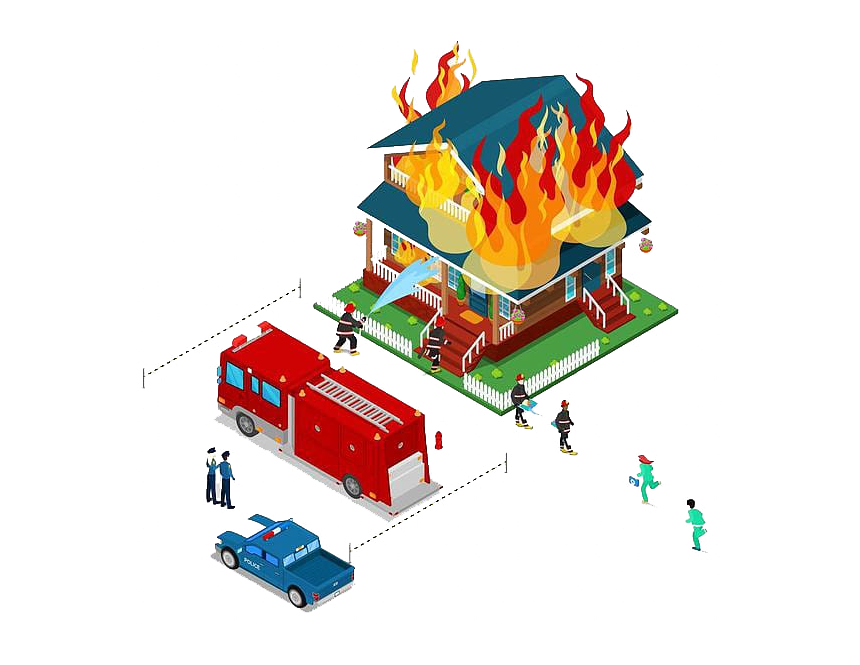
Our pets are as much a part of our family and we need to keep them safe from potential hazards. The best way to protect them from the effects of a house fire is to plan beforehand.
The first safety measure is to prevent a fire at home, but how do you do that? Let's take a look.
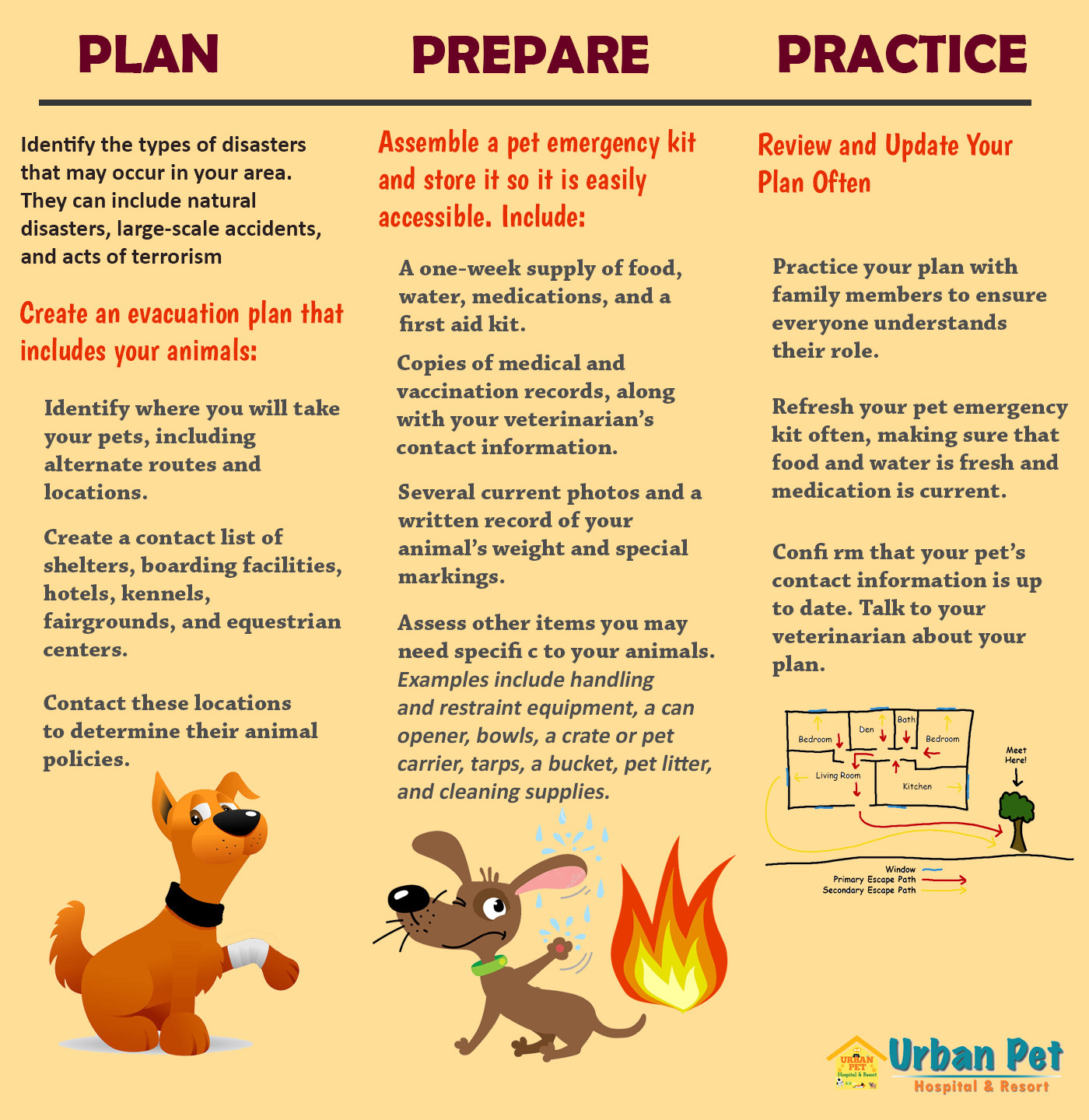
Preventing Fire Hazards
Here are some tips to prevent accidental fire at home.
1. Barricade Open Flames
Open flame exposure is one of the quickest ways to start an accidental fire when your pet accidentally bumps on it and drops the flame.
Pets are curious animals and will investigate open fires, including candles, fireplaces, and cooking appliances.
Along with starting an accidental fire, they may quickly get burned during fire outbreaks, causing life-threatening situations.
- Therefore, ensure to fireproof your home by using flameless candles and an enclosed fireplace.
- Put covers over stove knobs and discourage your pets from entering the kitchen to help prevent accidents.
2. Keep Kitchen at Bay
The kitchen is the primary place where almost all the fire hazards begin because each electrical appliance, stove, and fire material are kept.
A wandering pet can climb onto stoves to search for food, open the microwave lid, accidentally light up the stove, or even adjust the stove knob.
It may not only accidentally burn your dog but also start a fire.
Ensure to remove stove knobs or protect them with covers before leaving the kitchen.
Note: Keep fire items stored inside the closet and out of reach of the suspecting pets.
3. Pet-proof Electrical wires
Many pets enjoy chewing on stuff including clothes, wires, plastic, cables, etc.
Dogs and small animals such as hamsters and rabbits often chew on loose wires, making areas with lamps and plugs potential fire-starting hazards.
Wires lying on the floor are common prey for these animals. While chewing on the wires, they can get themselves electrocuted as well.
To ensure proper safety, you'd need to secure loose wires and ensure they're kept out of their reach.
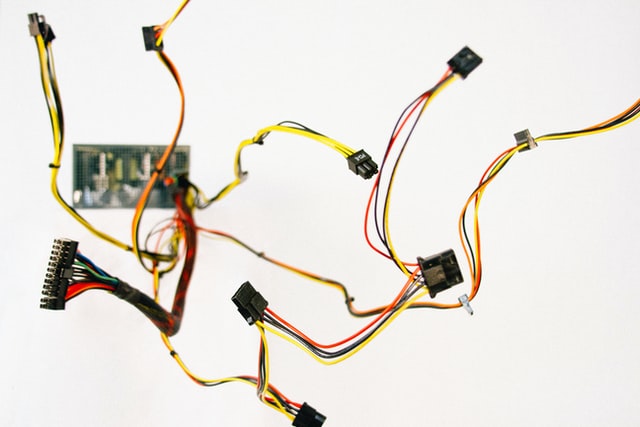
4. Test your smoke alarms regularly
Many homes are fitted with smoke alarms which often come in handy during a fire outbreak.
It is a good idea to check your smoke alarms regularly to ensure it works whenever needed.
There is a little button on it that you can press to test it. If it beeps weakly, then you need to change the batteries ASAP.
5. Always Check Your Dryer
Depending on what type of dryer you have, they need to be inspected every year.
We all get in a hurry when we’re doing our chores but, don’t forget to clean out your lint trap every time you put in a new load of laundry.
Keep your pets out of the laundromat area and switch off the dryer everything after use.
6. Keep Fire Extinguishers Around
Fire extinguishers are always the best defense against fire breakouts.
You want to make sure you have one in every room with a potential threat including the kitchen and washer room.
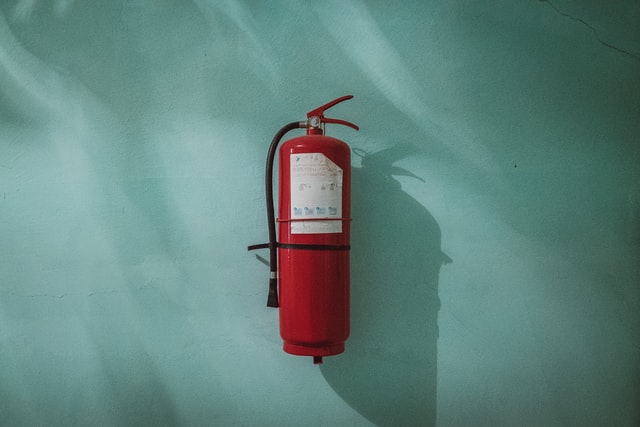
Preventing Pet Accidents From Fire
According to the Red Paw Emergency Relief Team, ninety-nine percent of the time animals never manage to run out of the building during a house fire.
They always go hide inside such as under the closet, cupboard, bed, or corner to feel safe instead of running outside, causing death or accidents by fire.
Therefore, the number one step in preparing your pet for fire is to make a safety plan. Ensure to practice this plan with the whole family and pet, so everyone knew whose job it is to grab the pet and emergency supplies.
Here are a few ways to plan for fire.
1. Take Basic Safety Precautions
Fireproof your home by installing necessary safety measures.
- Install smoke detectors
- Use Fire Retardant Chemicals
- Get Rid of Vegetation
- Keep Your Gutters Clean
- Focus on Protecting the window
- Invest in a Fire Extinguisher
- Fire Doors can Save Your Life
- Plant Fire-Resistant Trees
As a pet owner, consider installing monitored smoking detectors that will notify the fire department if a fire starts while you're away.
2. Keep Your Dog Collared
Frightened animals may act erratically and run away during fire outbreaks from emergency personnel and into danger when they feel threatened.
Keeping a collar on them will make it easier for rescuers to grab your pet and get them outside to safety quickly.
As a safety precaution, it's good to microchip your pet just in case you get separated during an emergency.
3. Protect Your Pets When You Are Away
In an ideal situation, a fire breaks out when the homeowners are away.
However, taking a few precautions will help your furry friend escape when the fire starts.
Always keep your pet near an exit while you are away so they will have a better chance of getting out.
4. Plan Your Escape Route
Just like your typical escape route, your pet escape strategy starts with identifying all of the exits and planning their evacuation route.
You can use pet gates to keep them in a designated area close to an exit.
Also, know your pet's hideaway spots because they will likely retreat during the chaos.
Emergency Care Tips
Your pet will probably suffer from different kinds of fire injuries, including third-degree burns, smoke inhalation, shock, and loss of consciousness.
Planning for emergency care will help respond to your pet's injuries immediately, hence even saving their life.
Here are some emergency safety tips.
- If your pet suffers an injury during a fire, take them immediately to a veterinarian.
Keep safety aid at home, including gauze pads, alcohol wipes, ice packs, antibiotic ointment, and towels.
- Learn to perform CPR on pets.
- In case of external bleeding, apply pressure to the wound and elevate until you patch up the wound using a safety aid.
- Treatment of oxygen inhalation can only be treated by providing supplemental oxygen with 24hr monitoring. Refer to the nearest hospital or clinic that provides pet-related emergency services.
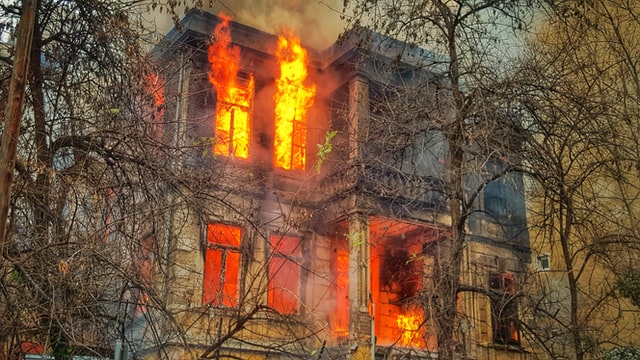
Pet Oxygen Masks
Here is the list of a few nonprofits that provide pet oxygen masks for emergency purposes.
- The Project Breathe Program http://www.invisiblefence.com/why-invisible-fence/project-breathe
- Project Paws Alive http://projectpawsalive.org/pet-oxygen-recovery-mask-kits
- The Association of Professional Animal Waste Specialists http://apaws.org/about/support/donate
An estimated 358,500 home fires occur every year and 50% of these fires start in the kitchen. Preparing your family members and pets for a possible fire outbreak will help save lives in the nick of time.
Check this infographic out for more information.
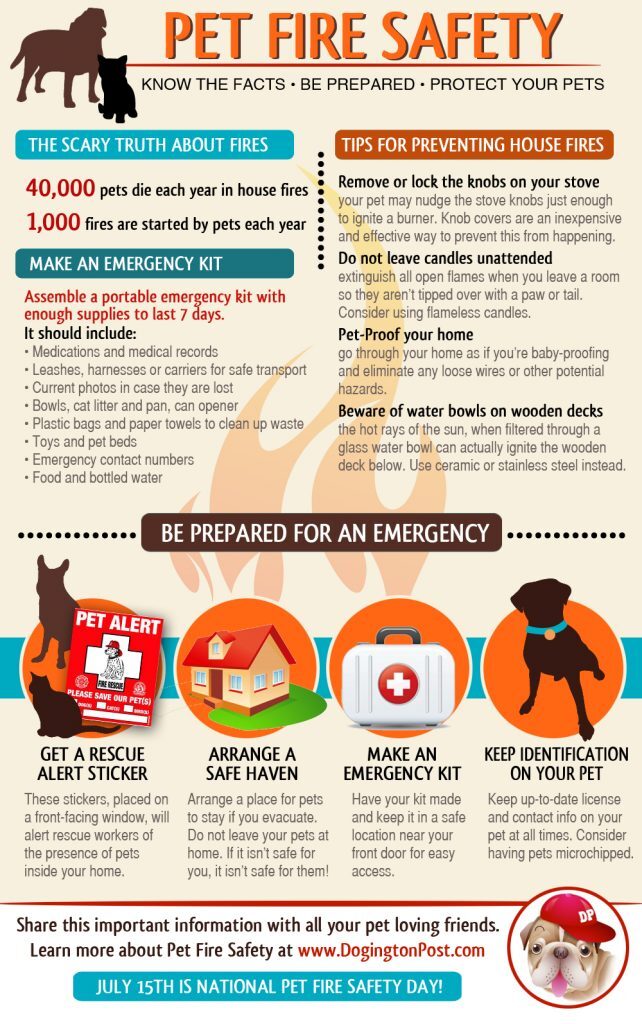
Get in touch with Urban Pet Hospital & Resort, the best hospital in Urbandale, to get emergency pet services, mobile emergency response, and veterinary services.